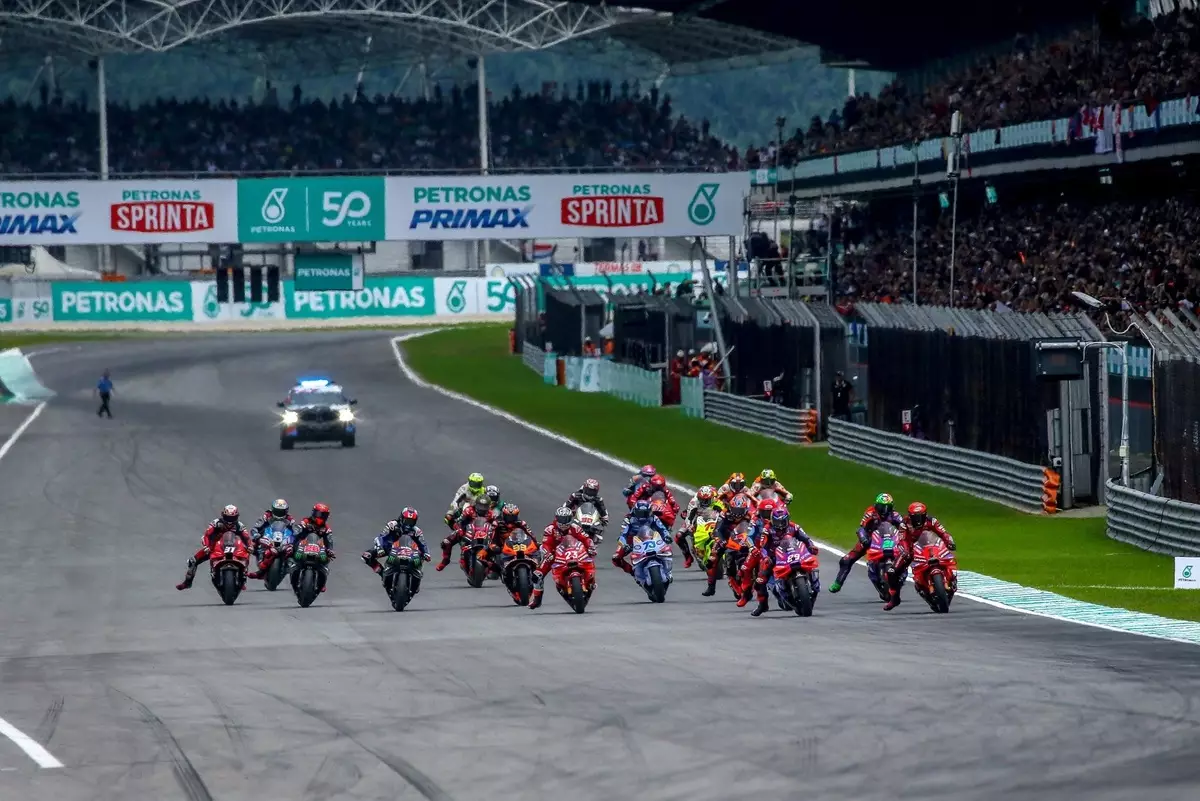MotoGP has always been a pinnacle of motorcycle racing, captivating fans with thrilling speed and intense competition. However, the introduction of sprint races at the start of the 2023 season has stirred discussions among fans, teams, and competitors alike. This fundamental shift in the format has sparked a debate on the effectiveness of the new system while enlightening paths for enhancement that could elevate the sport’s overall entertainment value and ensure fair competition.
The adaptation of sprint races was primarily aimed at injecting excitement into the race weekends, ultimately trying to engage a broader audience. While many agree that the initiative initially succeeded in creating buzz and invigorating the atmosphere, critics have emerged to voice their dissatisfaction, highlighting potential pitfalls accompanying this fresh approach. Riders and teams are faced with increased pressure — the weekend schedule is jam-packed, leaving little room for recovery and barely any downtime to strategize. With the newly structured schedule, the intensity of competition could be overshadowing the artistry of preparation that MotoGP was once renowned for.
Former KTM team manager Francesco Guidotti articulated concerns regarding the practical implications of the new format. His insights shed light on the notion that the sprint race may have inadvertently detracted from the significance of qualifying rounds. Traditionally, qualifying had been a defining moment of the race weekend, embodying the culmination of skill and locomotive prowess from Friday through to Sunday. The current focus, however, has seemingly shifted—much attention turns toward the sprint race that follows qualifying, making the latter feel almost inconsequential for many teams and riders.
The validity of Guidotti’s assertions raises questions about the sustainability of the weekend structure in its current form. The Friday afternoon grind has become increasingly strenuous, shifting the focus from careful strategy to an immediate, high-stakes confrontation. With both qualifying sessions and sprint races taking place back-to-back, riders must navigate this high-pressure environment with little leeway. An ideal scenario would involve a format that ties qualifying results directly to the main race grid, thereby alleviating some of the stress surrounding Saturday’s events.
In proposing a combined qualifying session that considers performance from both Friday and Saturday, Guidotti aims to shift the emphasis back to qualifying while simultaneously utilizing the sprint race to refine the main event’s starting lineup. This would allow teams to strategize better, ensuring that riders aren’t forced to condense their preparations into a compressed time frame.
Critics of the current sprint race format also point out one glaring issue: the reduced significance for riders who do not rank within the top nine. For those on the fringes, a finish in 12th or 15th may hold little tangible consequence, leading to diminished motivation in the sprint race pipeline. If finishing significance were directly linked to the primary race’s starting grid, a more competitive atmosphere across the board could emerge. This consideration would entice even lower-ranked riders to innovate and take calculated risks—vital elements that strengthen the essence of competitive racing.
In addition, on-track dynamics would likely foster a more strategic approach for riders—understanding the potential repercussions of a crash or subpar positioning during the sprint would encourage measured racing instead of reckless abandon. Riders would have to evaluate risks more meticulously, knowing that the stakes are inherently higher.
The MotoGP sprint race initiative brought numerous opportunities to amplify the excitement and accessibility of the sport. Nevertheless, as with any significant change, it’s vital to recognize the implications of such reforms. The sport must preserve the integrity of time-honored traditions while embracing innovative concepts. Therefore, integrating fresh insights from industry veterans like Guidotti could help shape a more cohesive racing format that serves both audiences and competitors effectively.
As the racing world continues navigating this evolving landscape, it remains crucial for stakeholders—riders, teams, and organizers—to engage in constructive dialogues aimed at refining the sport. By contemplating the benefits of a more holistic approach to race formatting, MotoGP can ensure it retains its thrilling legacy while paving the way for future growth.

